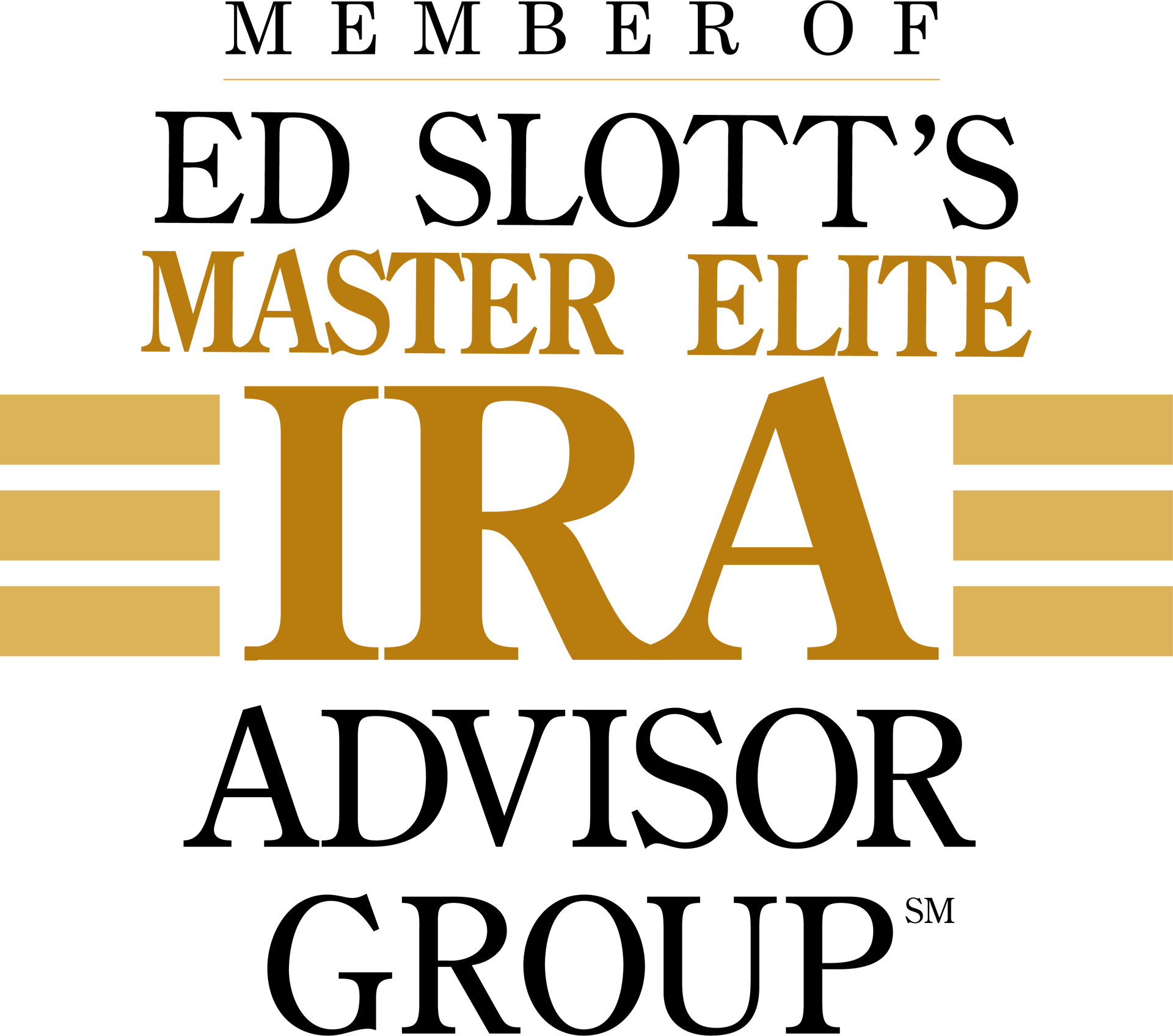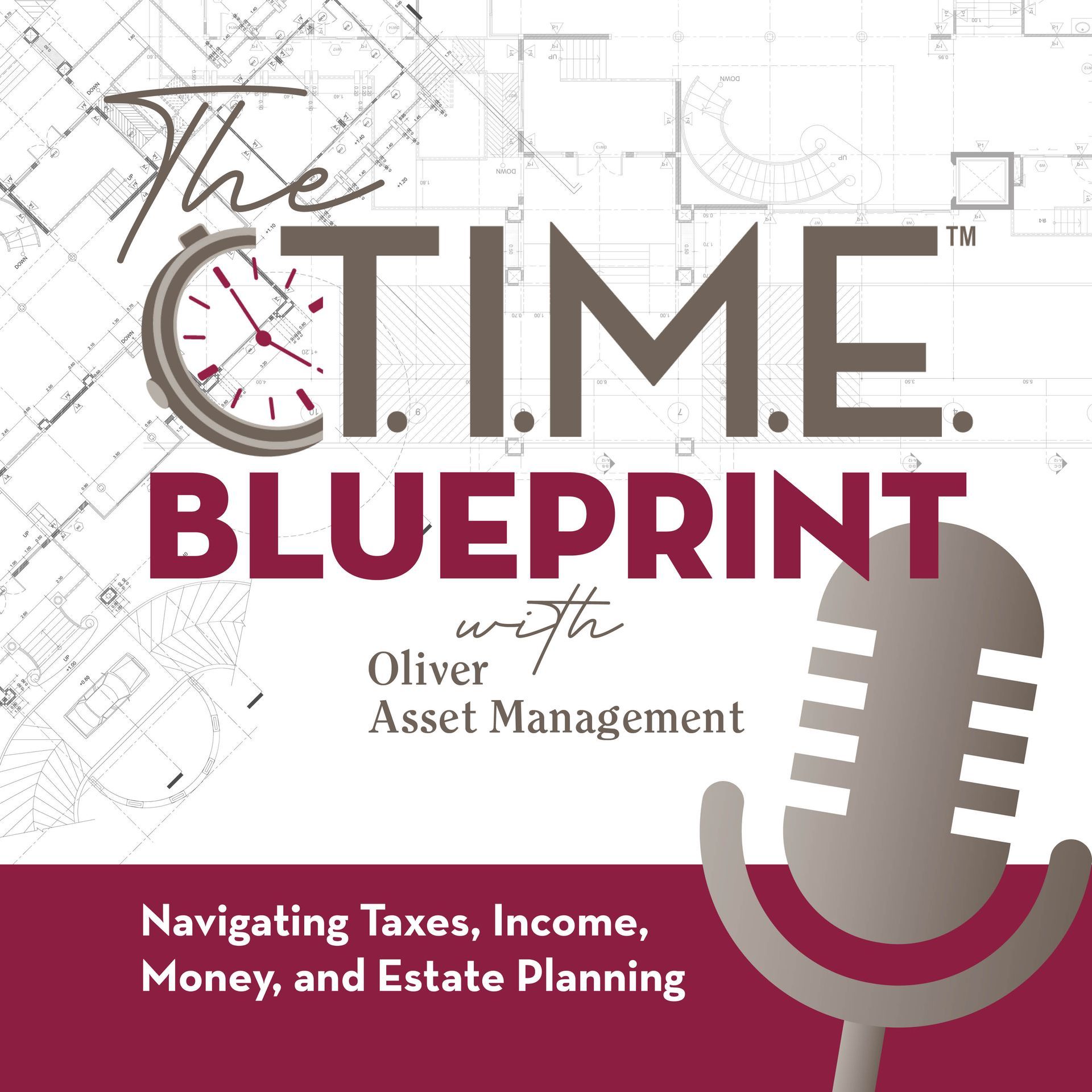What is a disclaimer? A disclaimer is a formal refusal of an inheritance (or part of an inheritance) by a beneficiary. By creating a “path” for disclaimed assets to follow, a skilled planner can provide a beneficiary with the option to pass assets to alternate beneficiaries.
1) Make sure the you name contingent beneficiaries. Naming a contingent beneficiary directly on the beneficiary form is good practice and a pivotal part of most disclaimer planning. When a disclaimer is executed, the person making the disclaimer is treated as if he or she had predeceased you. The contingent beneficiary would then inherit the property. If there is no contingent beneficiary listed, often times the funds will default to your estate.
2) Touch nothing after death! In order to execute a disclaimer, your beneficiaries cannot have “accepted” the property. Typically, this includes taking distributions from the account, actively transferring the account or making investment changes within the account. An exception does exist, however, for a beneficiary taking the year of death required minimum distribution for a deceased account owner.
3) Consult with a qualified estate planning attorney. A disclaimer isn’t a simple form your beneficiaries get from your IRA custodian that they just sign and send back. It’s a legal document generally prepared by an estate planning attorney. Since property law is governed primarily at the state level, there may be slight variations from state to state regarding how the disclaimer must actually be executed or worded.
4) Be mindful of the deadline. Under the Tax Code, a disclaimer must be delivered to the IRA custodian, in writing, within nine months of the date of your death. In the case of a beneficiary who inherits prior to age 21, the disclaimer must be made within nine months of turning 21.
5)
Review the disclaimer’s impact.
There is no changing course with a disclaimer. Once it’s been executed, beneficiaries can’t go back. Before they disclaim, they should make sure they’ve considered all implications. Will it trigger an estate or generation skipping tax? Will it leave a beneficiary with too little? Will it give another beneficiary too much?















